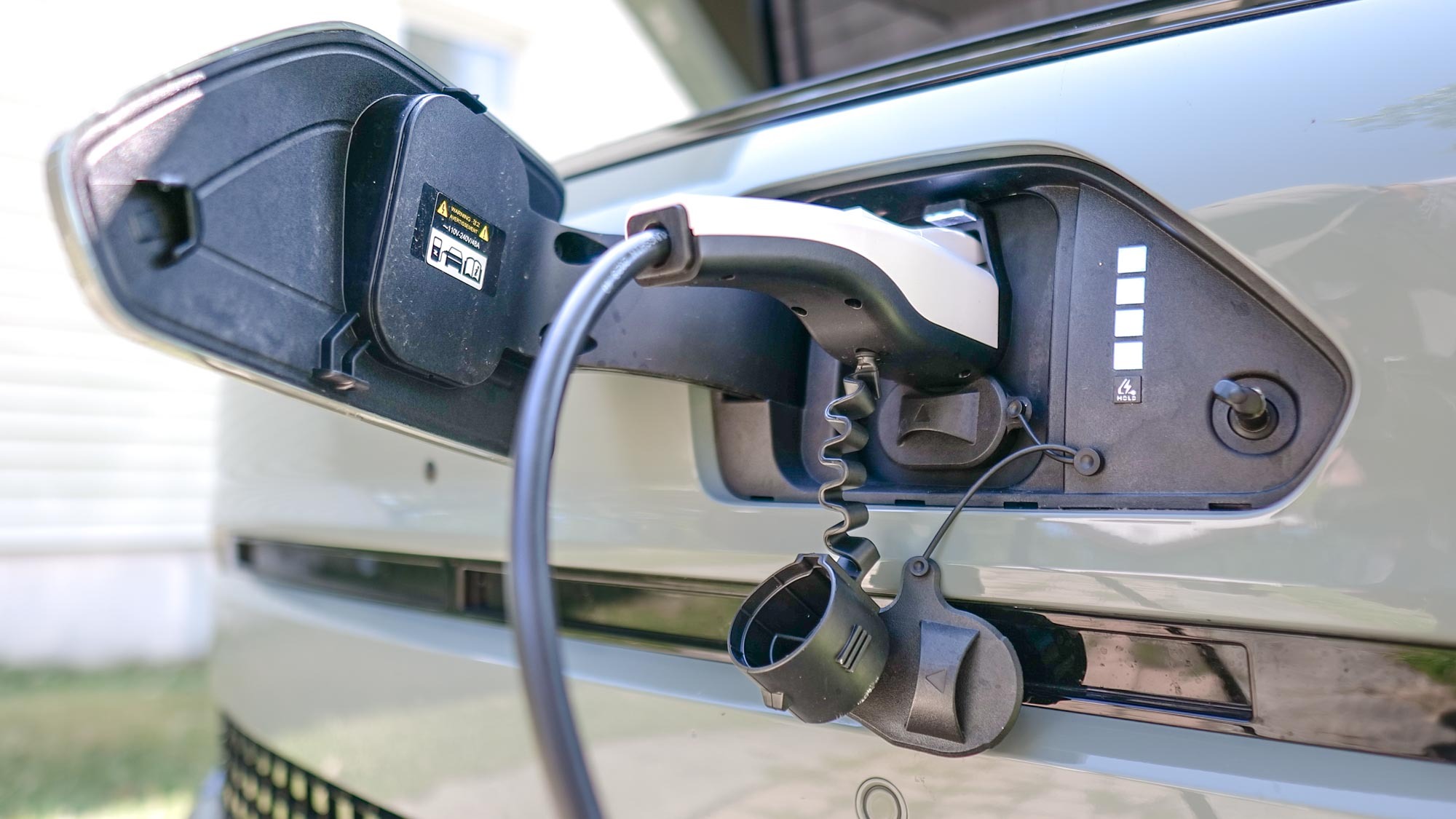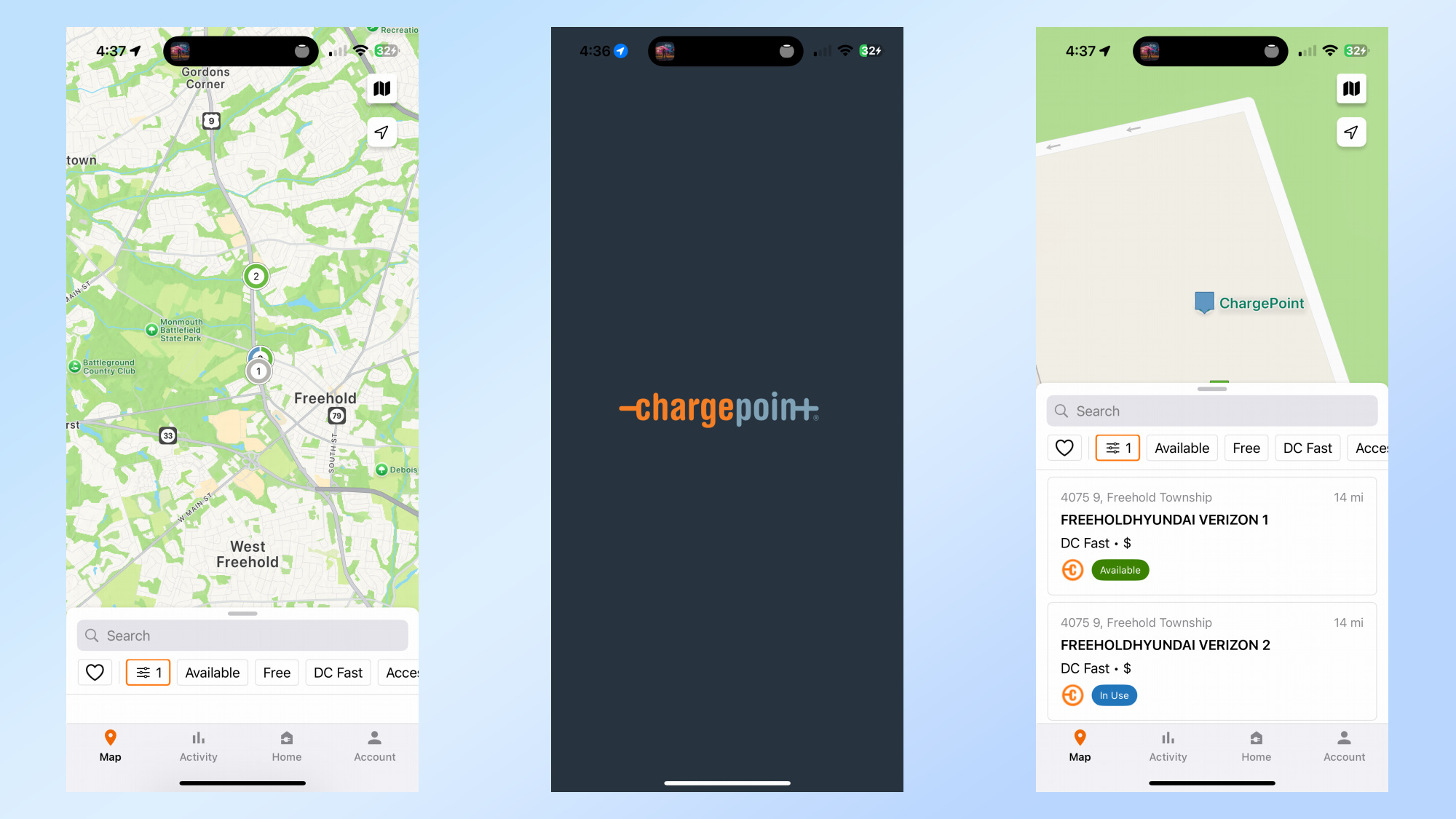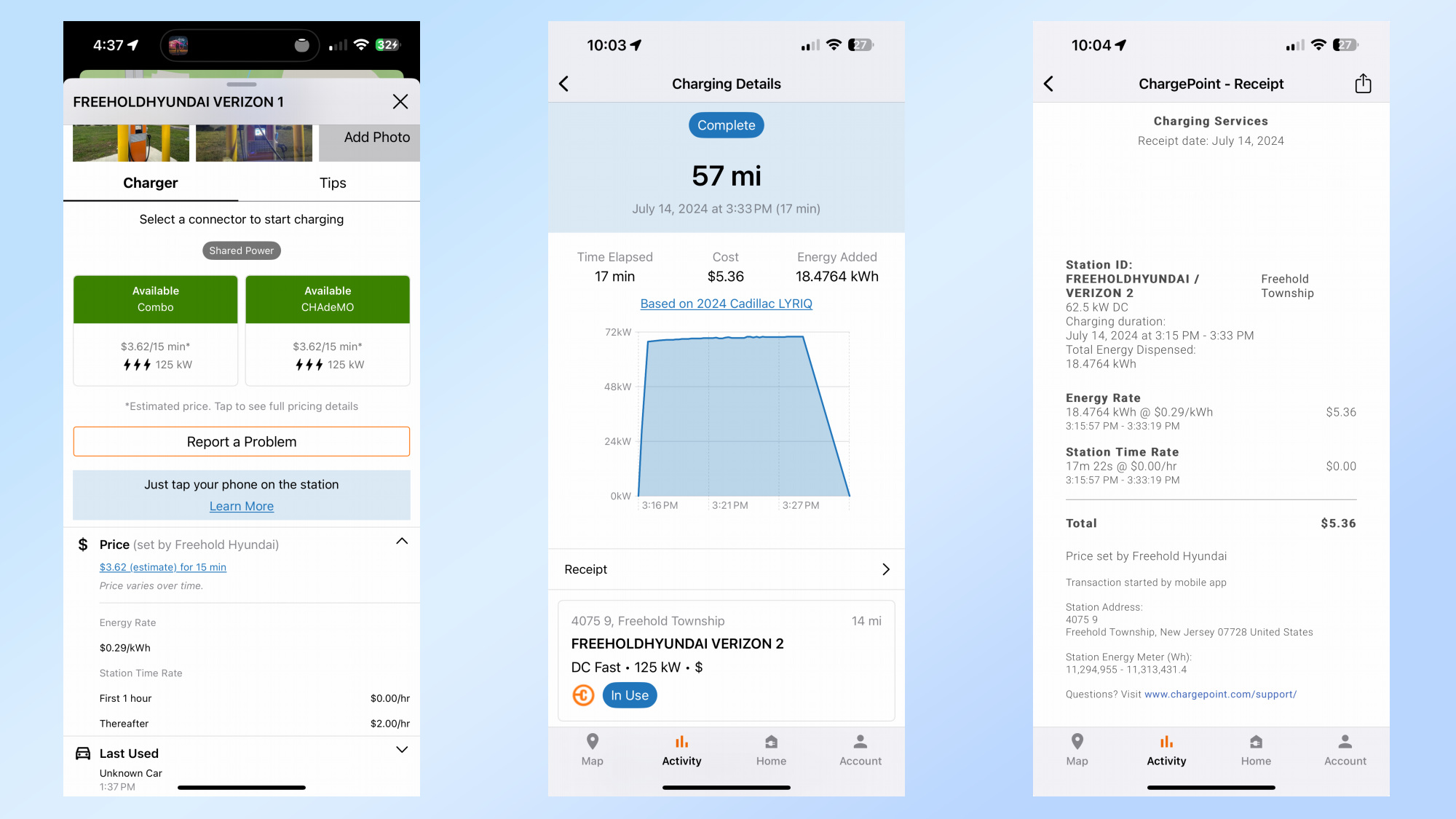Charging your EV shouldn’t cost as much as gas — here's how I stopped overpaying
Doing your due diligence goes a long way

Every day on my way to the train station, I always make a point of checking out the current price of regular unleaded at my nearest gas station. While I’m less dependent on gas now that I’ve been driving more EVs, I always encounter something new with each test drive — like how it was challenging to charge a Ford F150 Lightning at a Tesla Supercharger station, or how Level 1 charging at home takes forever.
These are experiences car buyers need to know about if they intend on making the switch to a fully electric vehicle. When I test drove the Kia EV9, I was astounded by how it costs just as much to charge it at a station than it was to fill up my car with gas. That’s been on the back of my mind with subsequent test drives because I’m trying to uncover all the ways I can save more in the long run with an EV.
In my most recent weeklong test drive with a Cadillac Lyriq, I finally figured out how to save more money charging it at a station — and it doesn’t have to do with peak hours either.
Use apps to compare rates

Unless you’re in dire need of a gas fill up, I think most people are inclined to shop around for the best rates. However, it’s a lot more problematic driving around to check out the rates at charging stations because you don’t see huge signs showing them.
Instead, I made sure to use the ChargePoint app to find the nearest EV charging stations around me and also to uncover the rates they charge. Prices, just like gasoline, can vary from place to place, which is why I can’t stress enough about doing your homework with these apps.
Oftentimes, too, their rates will depend on the time of the day. When I first charged an EV at a station, I went to the closest one to my location because of convenience — although, it ended up being costly. That’s because I was charging at the worst time of the day, which is peak time from 12:00 pm to 8:59 pm. For example, the EVgo station charges at the rate of $0.64/kWh at peak time, but it dramatically reduces to $0.50/kWh from 12:00 am to 7:59 am.
Apps like ChargePoint make it intuitive to find out which charging station is right for you. But while it lists the rates after selecting a location, it doesn’t offer the ability to filter prices — so it becomes a little bit of a chore going through the list to find them.
Sign up to get the BEST of Tom's Guide direct to your inbox.
Get instant access to breaking news, the hottest reviews, great deals and helpful tips.
After doing my homework, I found a CharePoint charger located near a Hyundai dealership that had a fixed rate of $0.29/kWh — no matter the time of the day. I was shocked by this because all the other charging stations I looked at had different rates throughout the day. Even though the app lists it as a 125kW fast charger, it actually turned out to be more like 65kW.

Since I needed just a short charge to get me back home, where I would then charge it there for the best savings, I opted to charge the Cadillac Lyriq for 17 minutes. In that time, it added 18.47 kWh back to the Lyriq’s 102 kWh battery — roughly 57 miles of range. On average, it was supplying at the rate of 195 mi/hr.
The total for that charge came out to $5.36. In contrast, if I were to pay for gas to get me 57 miles of range back into my Toyota Corolla, it would end up costing me $6.36 based on its 30 mpg fuel economy and the $3.35/gal cost of gas at the station. This was an unexpected surprise and shows that it’s still possible to save more money at an EV station. While these rates are few and far between, just knowing that they exist is an extra incentive to save money.
Finally, there are also the free charging stations you can use to charge your EV. They’re rare to find around, but they do exist. However, the closest one to me is about 23 miles away — but it’s still good to know that they exist and don’t mind waiting longer for your charge.
More from Tom's Guide

John’s a senior editor covering phones for Tom’s Guide. He’s no stranger in this area having covered mobile phones and gadgets since 2008 when he started his career. On top of his editor duties, he’s a seasoned videographer being in front and behind the camera producing YouTube videos. Previously, he held editor roles with PhoneArena, Android Authority, Digital Trends, and SPY. Outside of tech, he enjoys producing mini documentaries and fun social clips for small businesses, enjoying the beach life at the Jersey Shore, and recently becoming a first time homeowner.
